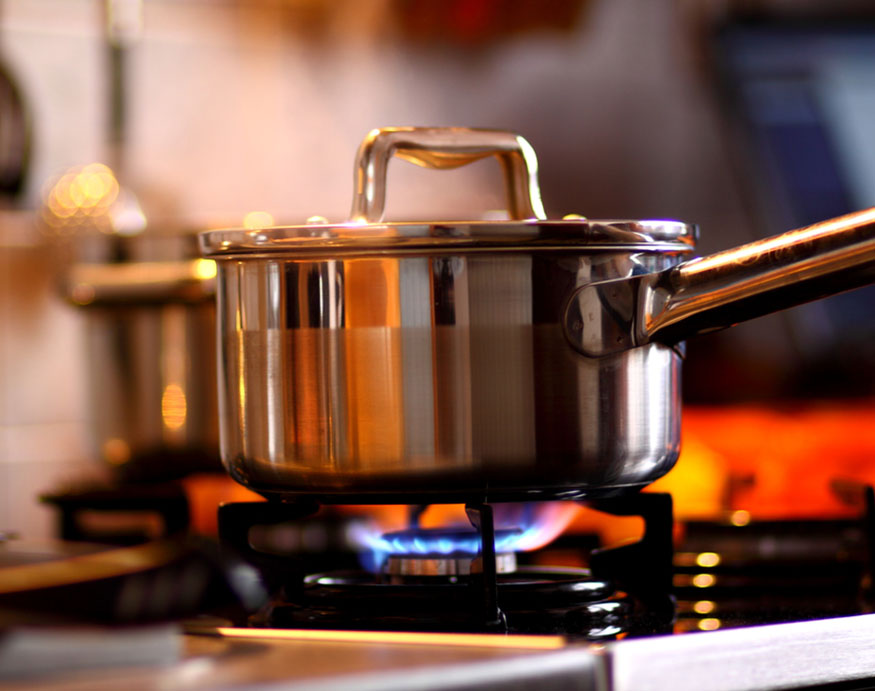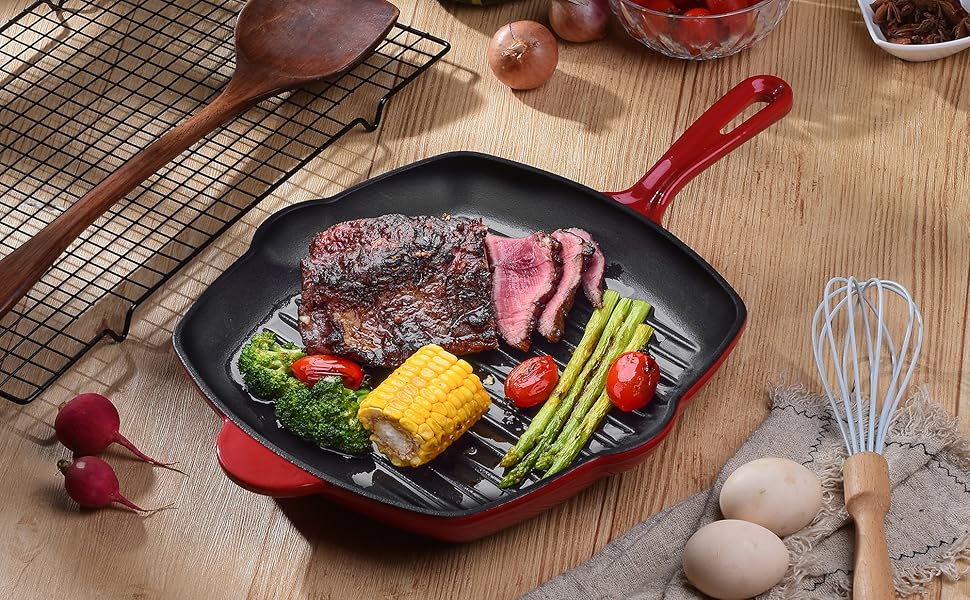As a kitchen professional, you may have often wondered about the seemingly minor details of your cooking implements. One such detail that intrigues many is the holes found in saucepan lids. The question is, why do saucepan lids have holes? Understanding the purpose behind this feature can enhance your cooking techniques and improve your overall culinary skills.
The presence of holes in saucepan lids is not merely an aesthetic choice; functionality plays a significant role. When cooking, particularly with liquids, pressure builds up inside the pan. These holes serve as an essential escape route for steam, preventing any potential hazard while also allowing for better control over your cooking process.

1. Purpose of Holes in Saucepan Lids
The holes in saucepan lids serve several critical functions:
- Steam Release: As mentioned earlier, the primary function of these holes is to release steam. Excess steam could lead to a buildup of pressure that may cause the lid to pop off, resulting in a mess or even injury. The holes help mitigate this risk.
- Temperature Control: The ability to control temperature while cooking is paramount. By allowing steam to escape, the holes create an environment where you can cook more effectively, maintaining the right balance between heat and moisture.
- Flavor Concentration: Interestingly, the steam holes also help concentrate flavors. When the steam is allowed to escape, the condensation process works more efficiently, trapping the flavors inside the pot.
- Better Visibility: Some pan lids with holes come designed as part of a glass covering, enabling cooks to keep an eye on their food without completely removing the lid.
2. Different Types of Saucepan Lids
Understanding the different types of saucepan lids will help you make informed decisions when choosing which to use for your kitchen. Common styles include:
- Glass Lids: These allow visibility into the cooking process while also serving the steam release purpose.
- Stainless Steel Lids: These are durable and often come with strategically placed holes to help regulate pressure.
- Silicone Lids: These offer flexibility and often come with high-temperature resistance but may readjust when steam escapes.
3. Choosing the Right Lid for Your Saucepan
Now that we understand why do saucepan lids have holes, choosing the right lid becomes essential as well. Here are some tips:
- Size Matters: Ensure your lid fits tightly but not too snugly. A lid that is the right size will effectively manage steam and prevent spills.
- Material Considerations: Choose the material based on how you use the saucepan. Glass lids offer visibility, whereas stainless steel lids provide durability.
- Check for Comfortable Handles: Ensure that the lid's handle is insulated and easy to hold when lifting, particularly in a busy kitchen setting.
4. Cooking Techniques Utilizing the Steam Holes
Utilizing the steam holes in your saucepan lid can elevate your cooking:
- Simmering: Keep the lid slightly ajar when simmering to control bubbling without losing flavors.
- Poaching: For delicate items like fish or eggs, lift the lid regularly to allow steam to escape while maintaining a gentle cooking temperature. You can read about how to poach eggs effectively.
- Steaming Vegetables: While the lid should fit snugly, leaving it slightly ajar helps achieve perfectly steamed vegetables that retain their color and nutrients.
5. The Science Behind Steam Release
While we understand why saucepan lids have holes, we must also appreciate the science. When liquid turns to steam, it expands rapidly. Without escape routes, you face the risk of splatters or even bursting lids. The holes provide a controlled environment, allowing for an even and safe cooking experience.
Remember, factors like elevation and the type of food being cooked can affect steam buildup. For example, at higher altitudes, steam pressure increases more quickly. Knowing this can help cooks adjust their techniques accordingly.

6. Safety Considerations in the Kitchen
As a kitchen professional, safety is paramount. Here are some tips to keep in mind:
- Always Monitor: When cooking with a covered saucepan, stay nearby. Regularly check on the cooking process, especially for high-starch foods that can boil over.
- Use the Right Tools: Always use pot holders or heat-resistant gloves when lifting lids, especially those that have been on high heat.
- Check for Blockages: Ensure that the holes in lids are not obstructed by food or grime, which could prevent necessary steam escape.
Frequently Asked Questions
1. Do all saucepan lids have holes?
No, not all saucepan lids have holes. However, those designed for boiling or steaming are typically equipped with them for safety and functionality.
2. Can I use a lid without holes for boiling?
While you can use a lid without holes, it's advisable to slightly ajar it as this helps manage the steam pressure that builds up inside.
3. Why do some people prefer lids without holes?
Some chefs prefer lids without holes for specific cooking techniques where retention of steam is more critical, such as braising.
For more in-depth knowledge about saucepan uses, check out our article on the use of saucepans. For insights on saucepan sizes, visit our blog on saucepan sizes. Understanding these facets will empower your cooking skills and enhance your culinary repertoire.
As an Amazon Associate, I earn from qualifying purchases.







Leave a comment
This site is protected by hCaptcha and the hCaptcha Privacy Policy and Terms of Service apply.